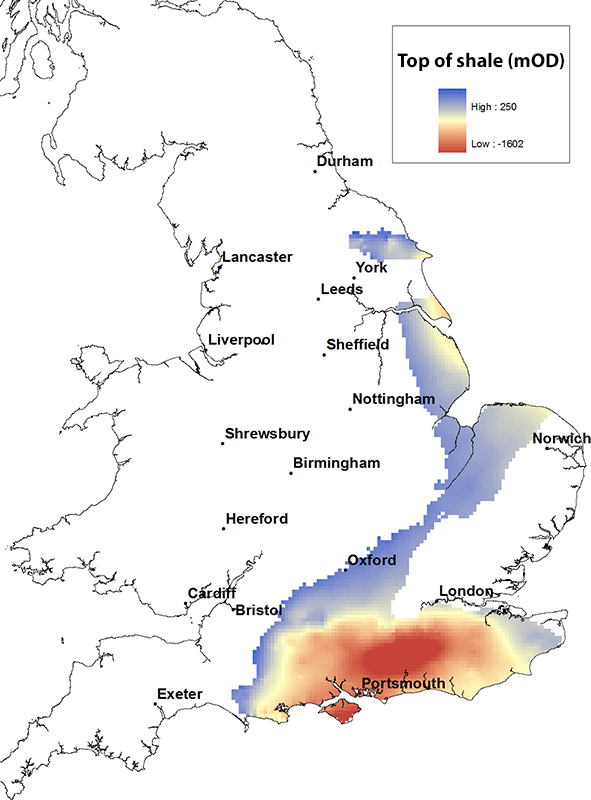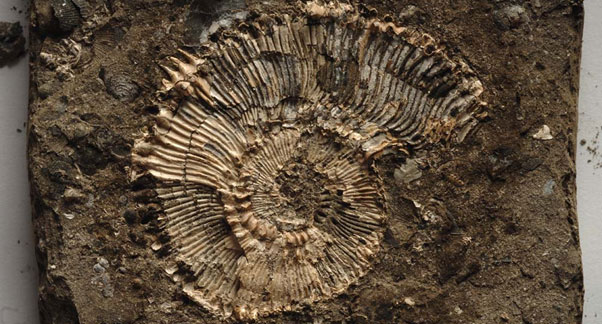Kellaways, Oxford Clay and Osgodby Formations
Geology of the Kellaways, Oxford Clay and Osgodby Formation
The Kellaways, Oxford Clay and Osgodby Formations are lithologically diverse. They include mudstones, bituminous clays, calcareous siltstones, beds with limestone nodules and local sandstones. For example, where present the Kellaways Sand may yield small, often saline, supplies of groundwater.
The DECC (2012) 3.5 MB pdf report states that the Oxford Clay is "immature for hydrocarbon generation in the English Midlands, but ... in the Weald Basin its TOC reaches 7.83% and it lies within the oil window at the basin's depocentre. In southern England and central England there is often a bituminous horizon near the base, but this is absent in Yorkshire. TOCs average below 2% in the non-bituminous sections but are over 4% in most of the bituminous sections of central England, where they are immature for oil".
See also the Kellaways Formation, the Oxford Clay Formation and the Osgodby Formation in the BGS lexicon of named rock units.
Area where the Kellaways, Oxford Clay and Osgodby Formations are present
The distribution of the Kellaways, Oxford Clay and Osgodby Formations is similar to that of the overlying Kimmeridge Clay. They are found in a swathe from the Yorkshire coast down to the east coast of England to north Norfolk, through the Wessex Basin and along through southern England.
Elevation of the top of the Kellaways, Oxford Clay and Osgodby Formation
The maximum height of the top of the Kellaways, Oxford Clay and Osgodby Formations is about 300 m above OD. The top of these formations is deepest within the centre of the Wessex Basin, where it reaches depths in excess of 1500 m below OD.
Contact
Please contact BGS Enquiries for more information.










